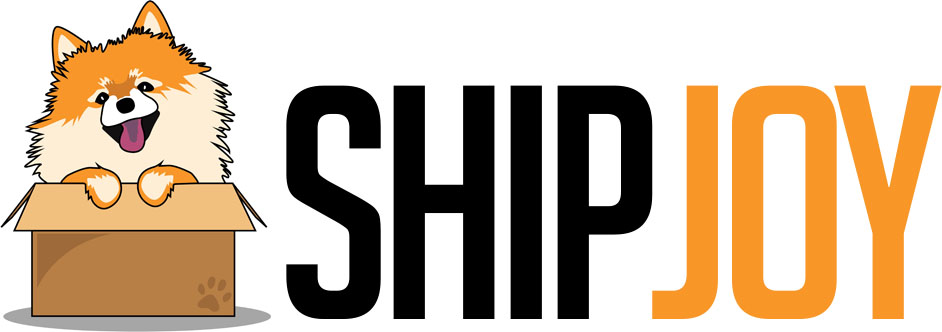What Order Status Means For Your Order
The order process for purchase begins the moment the customer places the order. Once they have clicked to finalize their purchase, your order statuses will provide real-time information to you regarding the position of the order and keep the buyer updated as the process moves from ordered to package fulfillment.
Chances are you won’t be physically available during each step of the different order statuses for every order that is placed with you. This means you need to be confident the process you have in place is running smoothly, and all parties are kept up to date and informed, especially in cases of delays or issues.
The order statuses have two primary functions, which are;
- Determining the stage each order is at, be it pending, processing, or shipping.
- Tracking the order and having control over the fulfillment.
The different order statuses signify the journey or the customer’s order and exactly what is involved at each stage.
Pending Order
Pending status is when the customer has placed an order, but payment has not yet been received or used to describe the period between the order being placed, and it is packed ready for dispatch., When a purchase is still in the ending stage, it can be canceled by both the seller and the buyer. In fewer cases, it can signal a delay in the logistics chain rendering an order incomplete.
Order Processing
Once the customer has finalized the purchase and made the payment, the order statuses will process. A processing order also indicates that the production of the ordered goods has begun and cannot be canceled. At this stage, the fulfillment center will be processing the order immediately to prepare for shipping.
Order Shipped
An order will change status when it has been physically loaded and left the fulfillment center to be shipped. This can indicate the order is anywhere between the original location and its end destination. From here, the shipping company can provide updates as to where the order is, carrier information, and any tracking details they have to allow for customers to track their order and find estimated delivery times.
Backorder
Backorder statuses indicate that an item is currently out of stock when a purchase was made but is expected in stock shortly. Backorders only occur when the seller can guarantee that the product will be back in stock. Sellers can then fulfill the order when they have the physical product. If other in-stock items are in the same order, they can be all shipped together or separated so in-stock items are delivered promptly.
On Hold
When an order changes status to on hold, it means there may be unexpected delays or incorrect information. In case of delays, the logistics company will advise on the issue, and the customer can be informed. When the customer has provided incomplete or incorrect details, the order will remain on hold until all the correct information has been received.
At ShipJoy, we use the same processes to allow you to effectively track customer orders and the order statuses when we provide your efficient eCommerce fulfillment processes. We allow you to monitor and update in real-time to ensure your customers’ thorough and continuous service.

